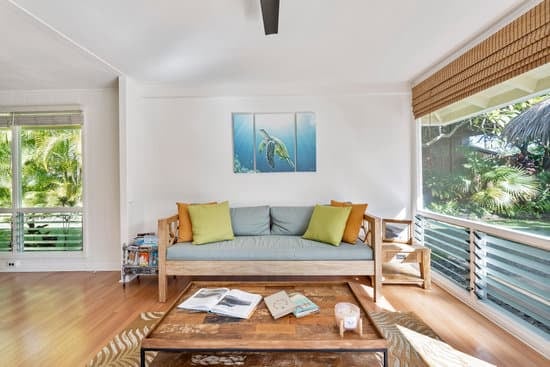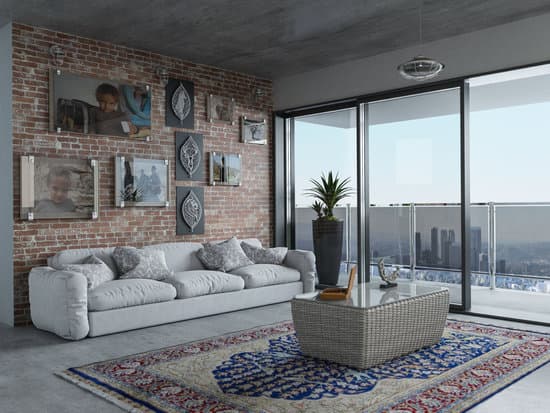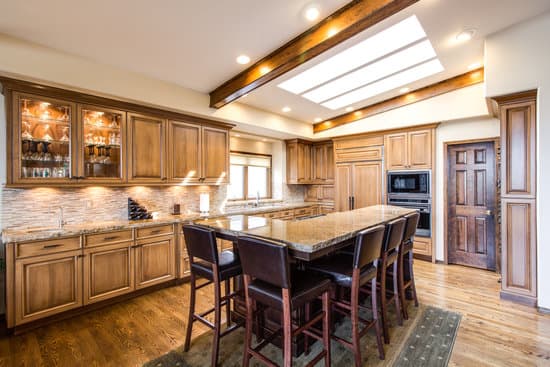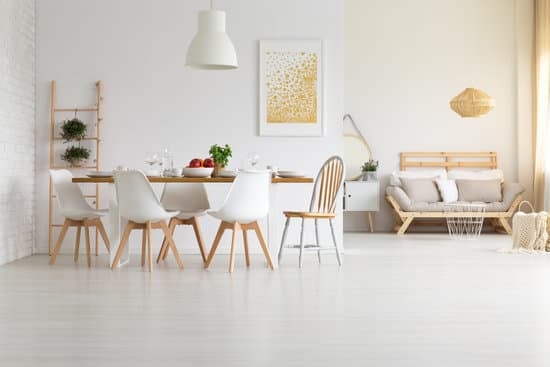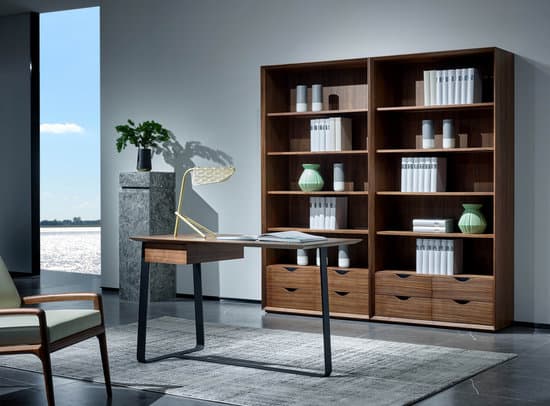Understanding the concept of a Sunroom
A sunroom can be described as an enclosed room or addition to a home that is designed to allow natural light and warmth from the sun to filter into the space. The primary purpose of a sunroom is to provide a comfortable indoor space that combines the pleasure of being outdoors with the convenience and comfort of being inside. Sunrooms typically have large windows or glass walls, allowing ample amounts of sunlight to enter the room. Sunrooms are used for lounging, reading, or spending time with family and friends. They can also be designed as an extension of the living or dining room, or even a home office.The origin and features of a California room
California rooms, on the other hand, are very similar to sunrooms, but with a few key differences. They originated in California, hence the name, as an outdoor living space for homeowners to enjoy throughout the year. Unlike sunrooms, which are usually enclosed with windows on all sides, California rooms are open to the outside on at least one side. This means that they provide a more seamless indoor-outdoor transition that allows for plenty of fresh air to filter in. Additionally, California rooms feature a roof that protects against the sun and rain, making them an ideal option for homeowners who want to spend time outdoors but don’t want to be bothered by the elements.Designing a Sunroom for Your Home
Designing a sunroom for your home can be both exciting and overwhelming. Here are a few tips to keep in mind to ensure that your sunroom meets your needs and preferences:- Consider the primary use of the sunroom and how you wish to spend your time in the space
- Choose the appropriate size and style of windows that will best complement your home
- Determine the direction of the sun and how much natural light you would like the room to have
- Select materials and finishes that are durable and weather-resistant
Benefits of Incorporating a California Room in Your Home
There are numerous benefits of incorporating a California room in your home, including:- Provides additional living space and an ideal spot for entertaining guests
- Allows fresh air and natural light to enter your home
- Offers a seamless indoor-outdoor living experience
- Protects against the elements with its roof
Choosing the Suitable Location for Your Sunroom
Choosing the right location for a sunroom is essential to ensure that the space is functional and comfortable. Some factors to consider include:- Amount of sunlight the room will receive throughout the day
- Existing landscape and views from your property
- Access to HVAC systems and electricity
- Privacy and security concerns






